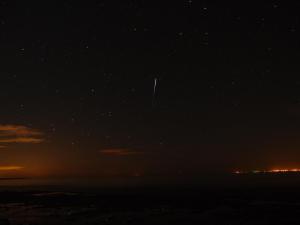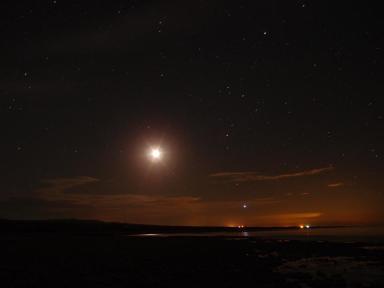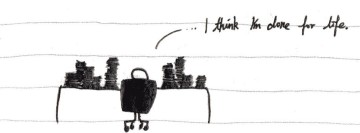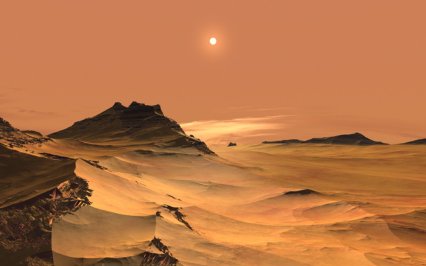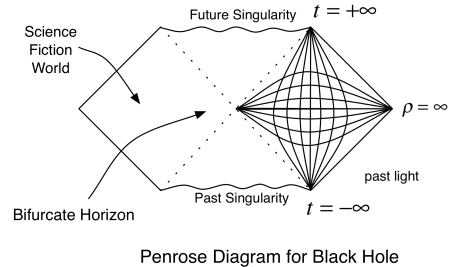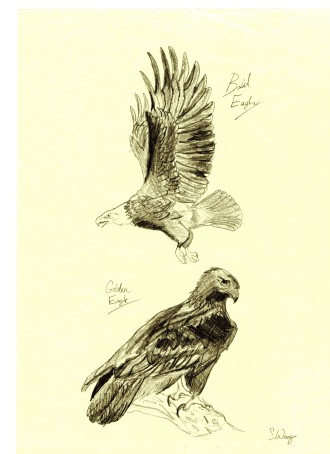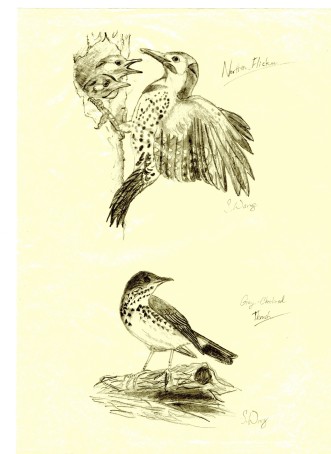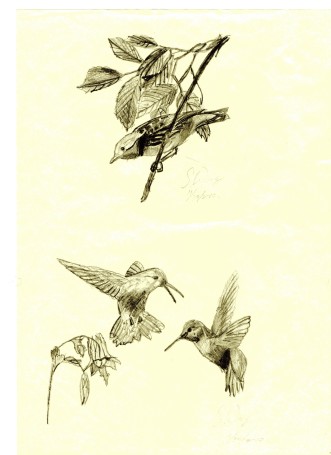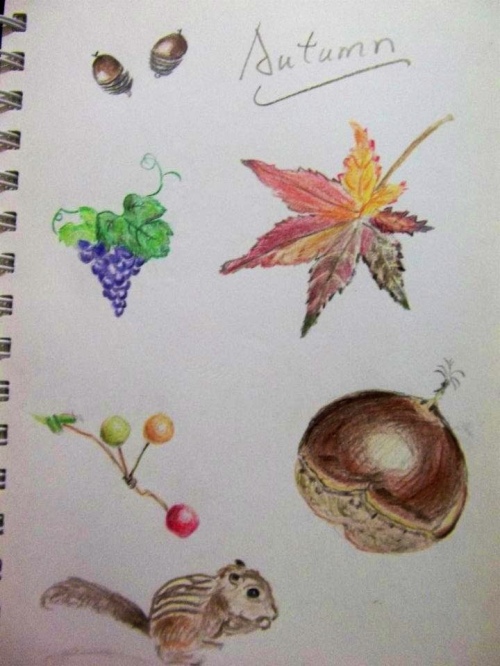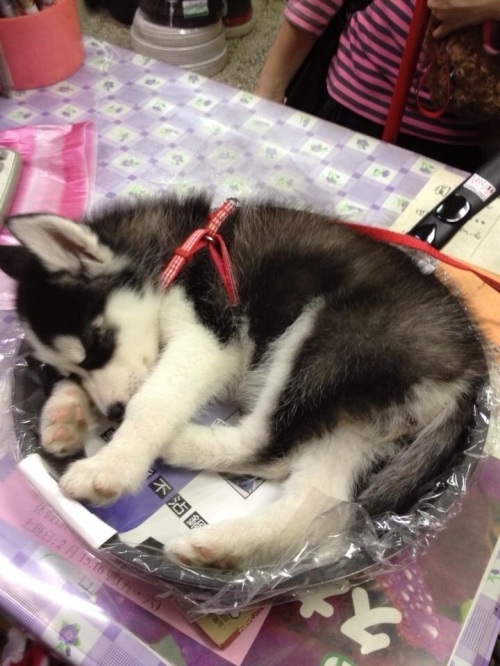Never love anyone who treats you like you’re ordinary. – Oscar Wilde
When the teacher assigned this project for me to write, I did not have an obvious person in mind whom I wanted to write about or dedicate the article to. After pondering the reason that rendered my mind unable to be specific enough to come up with a subject, it dawned on me that everyone – or mostly the ones which I had enough contact in order to get to know to a good degree, resulting in us discussing deep topics such as philosophy, political affairs, economics, or the fields in which I’m truly interested, science-based subjects – influences me in some way or other. There’s no such thing as “most” or “least”, as the people whom I find influencing compensate each other in pretty much every way. Thus, I come to the conclusion of mentioning the people who did come to mind; as a result, this article would probably be longer than it should, but hopefully not inappropriately so.
The first person that came across my mind and stomped on the other sixty or so nominees, lifting a huge “WRITE ABOUT ME” sign, was Lee, Tom Lee. I was uncertain as to where I should begin describing him or even talk about such a person. Judging by what he talks about and the events we discuss, it’s not difficult to safely assume he’s a laid-back character, intellectual and comfortable with people. Although not many know, this was not the case even a few years ago. It’s usually either knowing the Tom before or the Tom now. But his close friend, or best friend, would understand enough to appreciate the transformation, and the friendship and love that brought it about.
We met in class when we were both nearly teenagers. I would often head to the library that stood ten meters from the school after class. I would always see him in those student-sized cubicles, reading about random stuff. He seemed lonely since the day I met him. Little did I know that he was a victim of bullying that took place in his class. Realizing our similarities, I decided to go over to chat him up, and gradually he went from a kid who cares about nothing but computer games to the top student in his junior high. The process was not simple, nor was it easy to make him more open-minded. It took eight years of company, consisting the weeks when we would prepare for exams at the very same library from opening to closing, on weekends during school terms and daily during holidays, as well as everything from swimming to exchanging thoughts on the Euro crisis.
After junior high, we took our high school entrance exams. He was accepted by 建中, while I, despite my confidence and being truthfully verified by modeling exams, got into a school which I thought I would never cross paths with. That was the period of time when I needed help and support the most. Nearly giving myself up out of despair, he helped me in every way he could. He gave me study materials and resources, and at the same time, he was a joker and a listener. His attitude toward knowledge and life was, and still is, greatly admirable, and we taught each other ways of leading a fulfilling life, as well as the importance of having a friend you trust.
The second I think worth mentioning equips several virtues, including modesty. He doesn’t even want anyone to write anything about him. Sometimes I think he doesn’t give himself enough credit. Both of us strive to help people; he gives so much of himself unconditionally to the people dear to him. Like Tom, he’s an academic. I had a friend who went to Oxford University and another friend of mine asked me what I thought of this close friend of mine. I told her: ten of the Oxford student added together wouldn’t even be close to what knowledge this friend of mine holds. His name is Dan, last name McCandless. He prefers people calling him Dan since the feeling of it gives others the impression of being easy-going, not that he is not. It’s one of the details that reveal how lonely he really is inside, and how he craves for an understanding friendship no more than intellectual conversation in order to fill the hole of sadness under his kind figure that former experiences have left him.
Double-majoring in physics and linguistics, born with an amazing talent in jazz music, being an athlete of marathons, not to mention receiving numerous awards for various reasons, all gives him enough reason to brag about himself. He isn’t just a scholar, he’s a musician; he can literally go up to the piano and play something spontaneous on it without a second thought. And as he would play, his audience would be a combination from random people passing by to serious jazz appreciators. Even jazz music CD producers would feel confusion, wondering why he isn’t well known, while being in awe for how beautiful he makes my under-tuned piano sound.
Similar to Tom, deep down he is more than an all-around. There is one fact about him that makes him unique: he loves others more than he loves himself. It happens to be his strength as well as his weakness. When Dan fails to help someone or gets down, he tends to forget that he is loved and adored by family and friends. This and his character are how he taught me to love someone back unconditionally, to seek for no feedback when you give. Many of the ways of saying a person has achieved success in life are actually all the same – strolling on the right path while seeking your own meaning of life.
Last and not least, but rather foremost, is my grandfather. To be honest, this is my first time writing about him in an article I’m going to present. The reason for the lack of mention of him is partially that I’m afraid. I was afraid that words would not be enough to do his being justice. Now, having this subject come across, he is a must. Without him, this article would be like a book with no spine.
He taught me how to sketch, how to learn to play the piano, not on a piano but on a wooden ruler with piano keys painted on. He brought back little animals to take care of, including heaps of stray dogs and small turtles that fit inside the pocket of his suit. I was the only girl in the family out of six cousins; my mother was also the only girl among three brothers. I guess that’s partially the reason why he loved me so much. But don’t get me wrong, he’s the fairest man I’ve ever met and will ever meet. He asked me what I wanted or liked to eat the most once over the phone while I was living overseas. The immediate answer was steak, of course, but it left me puzzled as to why he would ask such a question. The next month, on my birthday, I received a plate of food made from rubber that you see at food markets – the fake food models. He wrote: “The steak you’ll never finish.”
I don’t think I can write much about him at the moment. In other words, I’d like to keep from making this essay larger than it should be, as I feel that if I wanted to write about him, I might as well just write a book. But even then, after finishing the book and publishing it to the world, letting them know that the kind of person he is existed once, I would still feel hollow when I write about him. I really don’t know how to describe him; the most honest thing I could say and make people understand or empathize with is that he is the very person that you would not be able to describe both verbally and literally.
There isn’t a lot that I want to say to conclude this article. I’ve pretty much said everything I want for the time being. Readers probably have had their fair share of who influences me, a small shining star out of many in the universe as well.
I tried to describe each of these three to the best of my ability, but it still doesn’t do any of them justice. There’s really no need for me to blab about what kind of people influence me; everyone will know what I’m talking about or trying to say when they meet them. It’s also not hard to find those people: they’re all around you, and as long as you slow down your pace in life, you will be overwhelmed by the things they’re teaching you.
